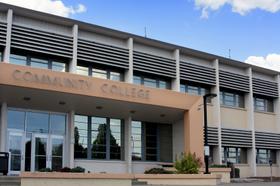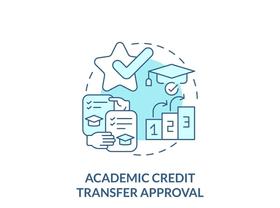Alternative spring break is an opportunity for students to engage in service-oriented trips to help struggling groups of individuals, areas, or communities. While fun should always be in the equation of spring break, you can also make a difference during your vacation.
As spring break becomes an increasingly travel-based event for millions of students across the country, community colleges are embracing alternative spring break programs in order to provide students with local, national, and even international opportunities to spend a week having fun, while also making an impact on a specific area. By engaging in these programs, Life-Changing Travel asserts that students can “Come back with a tan, an impressive addition to your resume, great stories, new friends and a fresh perspective not only on Spring Break but on the world!”
This video offers some alternative activities for spring break activities.
Community Colleges and Alternative Spring Break Opportunities
Central Piedmont Community College
As Central Piedmont (CPCC) describes, “Alternative Spring Break (ASB) is a low-cost service trip that provides students with an opportunity to participate in meaningful service activities, learn more about community issues, and have fun.” By engaging in the variety of ASB programs, students can choose from an array of projects that are “designed to encourage civic responsibility.”
In the past, CPCC students have taken trips up and down the Piedmont coast, traveling to Atlanta, Georgia to help homeless






















